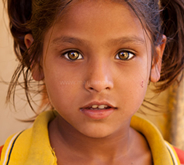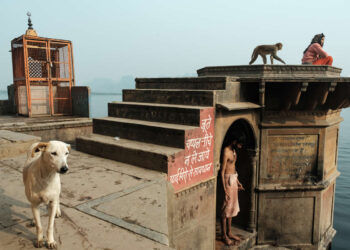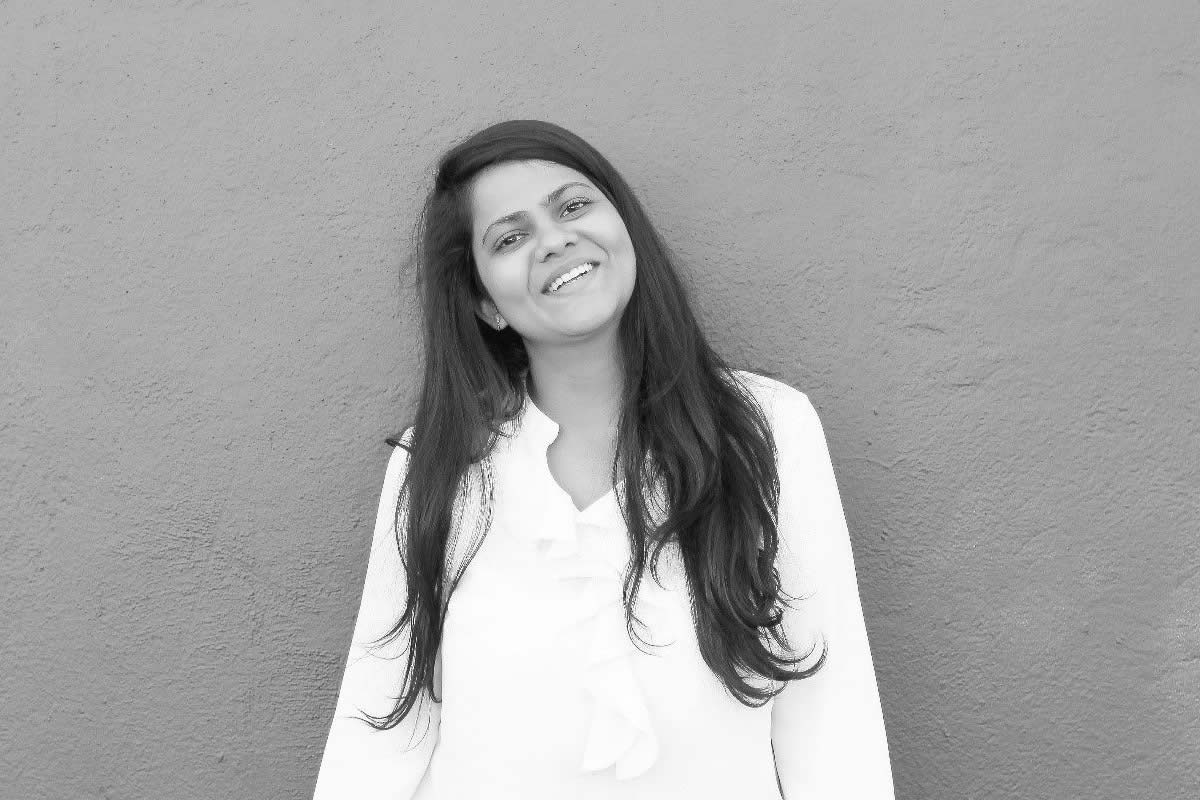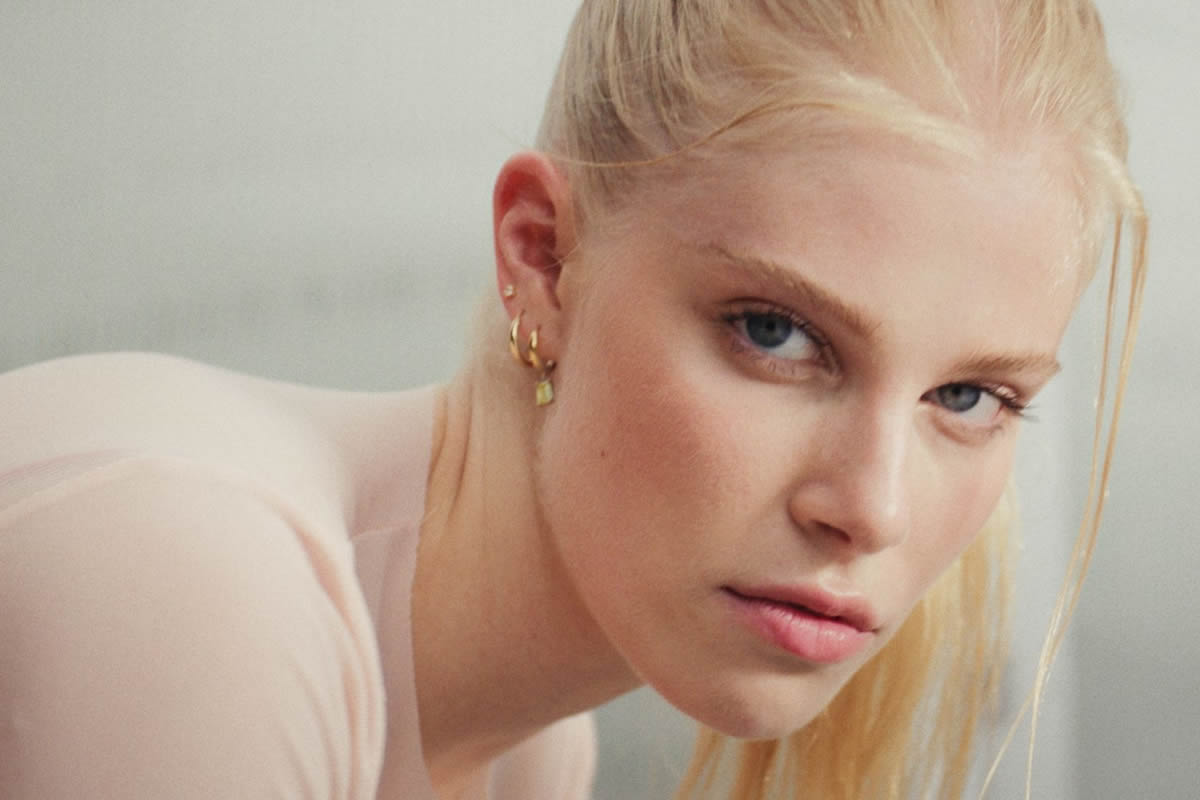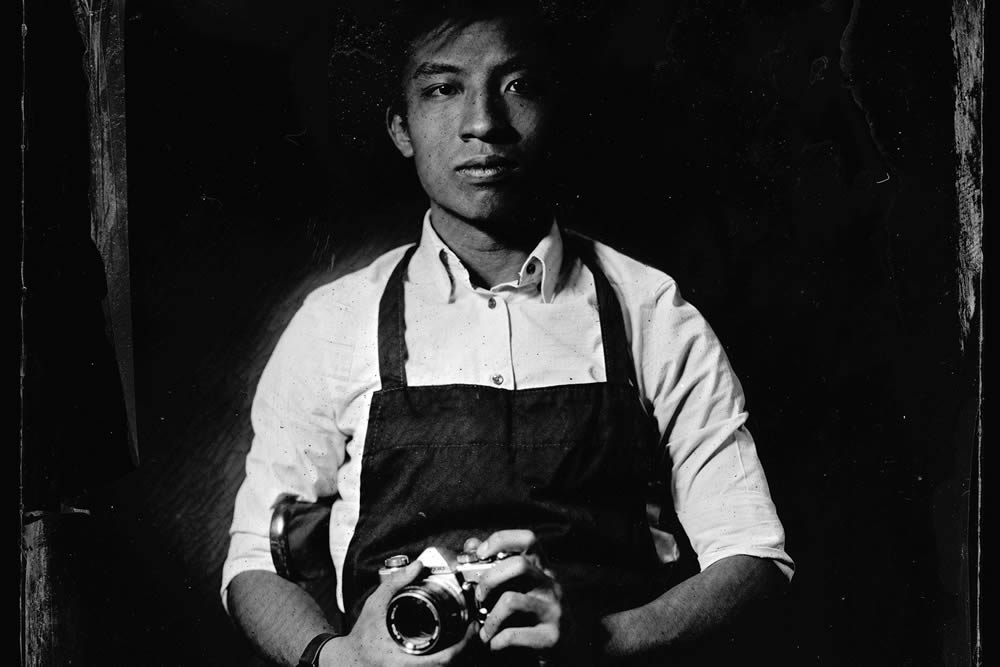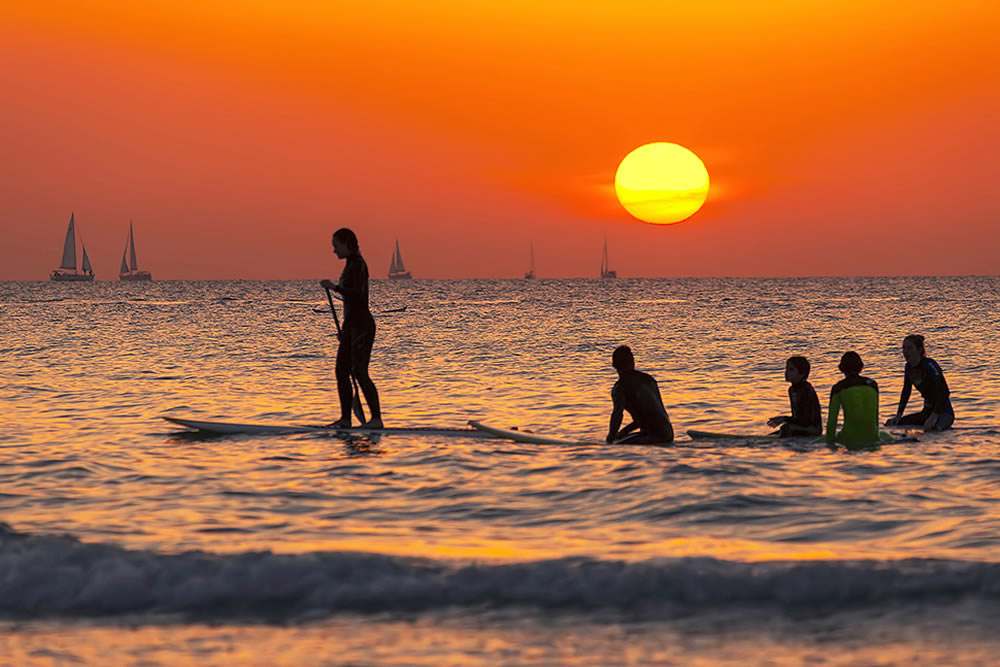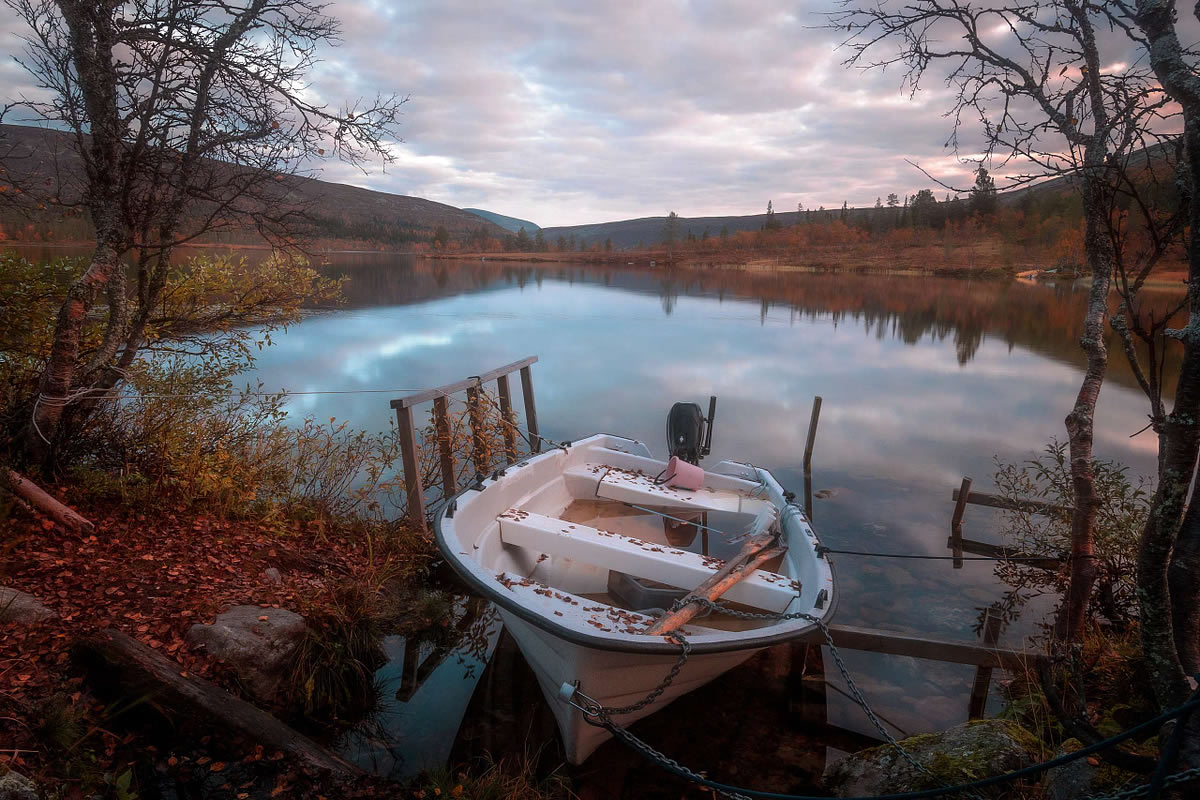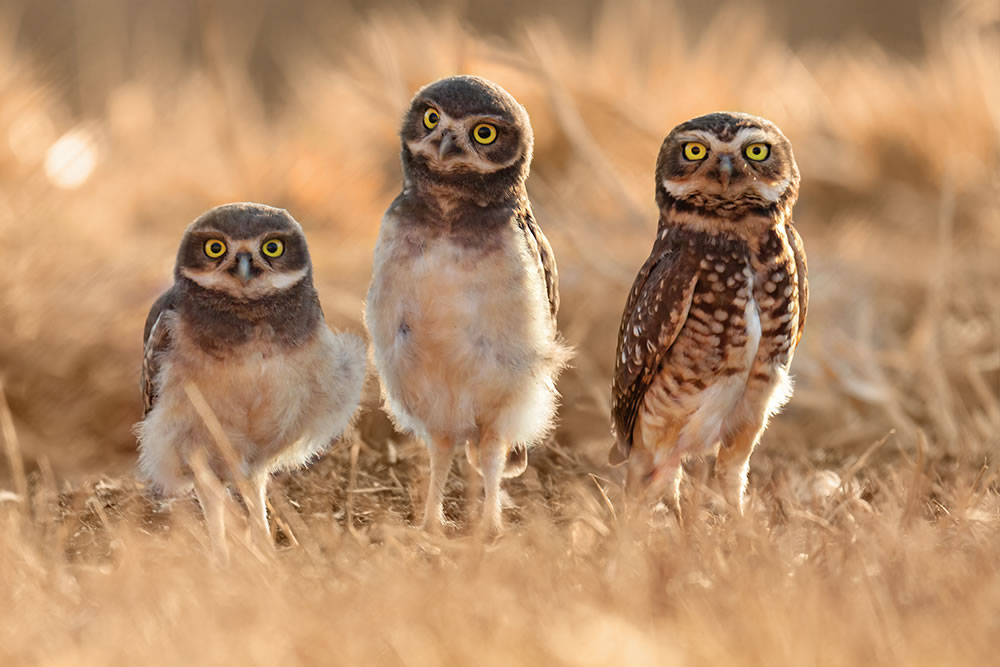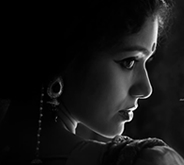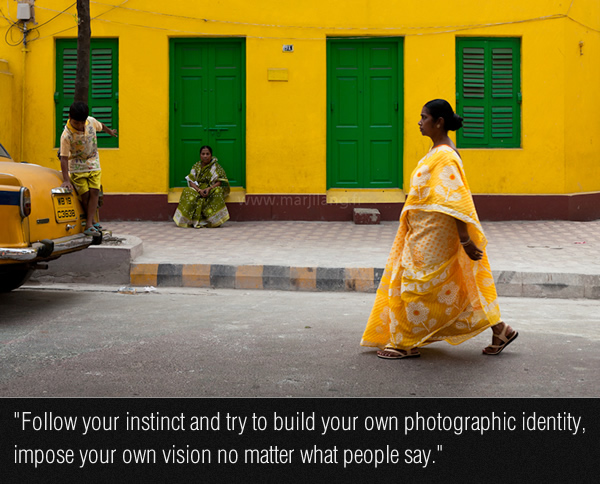
Few words about yourself?
My name is Marji Lang. I‘m from France and currently based in Paris. My work focuses mostly on human condition through various angles such as daily life, religion, specific events, social and cultural issues. My photographs have appeared in several websites, travel and cultural magazines, books, newspapers, NGO reports and other documentary medias.
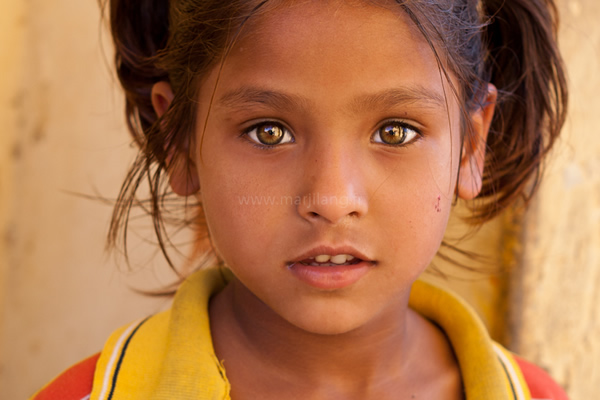
How did you choose travel photography?
I started photography while I was away from home, mostly in south and south-east Asia where I was studying traditional medicines a few years ago. It came naturally this way along with my growing interest and love for Asian cultures and ways of life. I started to shoot people from the beginning, I was attracted by the beauty of a daily life scene, by people in their natural environment, by faces. I wanted to capture and freeze moments and emotions I felt at a particular moment, and then I naturally felt the need to share it with the world. A very human thing, I guess.
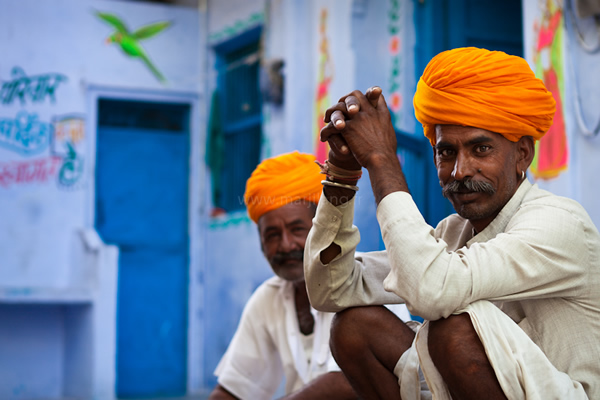
What made you visit India at first place, How did your love for India happen?
My interest in Asian countries led me to India in 2005 for the first time; I landed in Chennai soon after that terrible tsunami. My very first Indian experience was to meet people who lost everything in the Marina district. I was stunned by them, I felt warmth like nowhere else, they made me love the country instantly and since then I always find that warmth wherever I go in India, I just feel good like at home. The second journey was focused on my studies about ayurveda and I went to the Ardh Kumbh Mela in Allahabad too; I wasn’t focused on photography at that time yet but I was already fascinated by spirituality and Indian culture. I started to develop my passion for photography in India later, during my fourth trip in 2010.
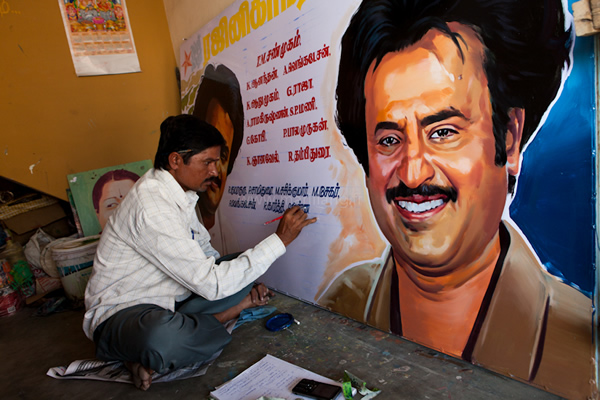
Your pictures are very natural as well as beautiful! It makes the viewer connect to it readily. How do you go about it?
I try to make documentary photography with an aesthetic eye, witnessing beauty in ordinary life, capturing a mood. I would like my images to have an artistic feel, like if it was a painting, but staying real and connected to our world at the same time. I don’t feel the need to plan anything, I don’t want to. I shoot reality, that means whatever is striking my eyes around me, being a culturally interesting scene in a temple, a portrait, a social event or just a sleeping dog in a street. What’s important is to feel something. I developed my interest for colourful backgrounds and geometrical forms, where human or animal presence is necessary to the composition. It needs also to tell a story, to give an emotion, to lead ones mind somewhere anyway. Difficulty is to find all these elements combined together at the same time in an interesting framing. I realize that it could be my own definition of the “decisive moment”, as Henri Cartier-Bresson called it.

How do you prepare yourself when you are on a Remote/Native Village?
I don’t prepare myself. I’ll have no plan unless it’s an assignment with specific requests. I like to let the unexpected happen, and the best way to find the unexpected is to be free and ready for it. I just go somewhere and meet people, and things will happen naturally, or they just won’t, sometimes. My best encounters happened this way, and my best shots came along with these people I met by chance.
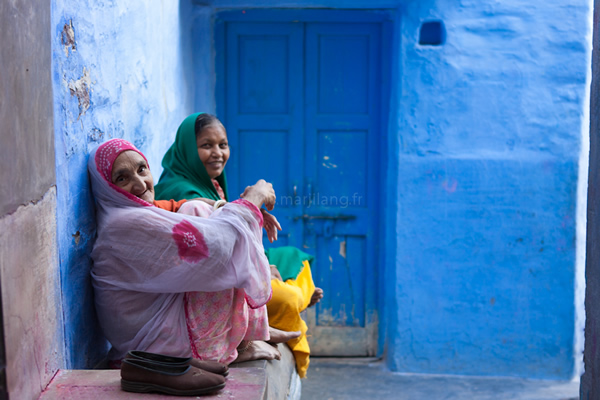
If I am not wrong, i didn’t notice any Monochromatic pictures from you. Reasons behind it?
I made a few monochromatic pictures in France and Europe, and for specific events like protests, it felt necessary and more adapted for that kind of photography closer to photojournalism. While travelling, that’s almost impossible for me to see India in black and white, and even in other countries of Asia like Indonesia and Malaysia recently, I just can’t see without colors. These few words from Raghubir Singh will say it better than me, and I feel exactly the same:
“It is impossible to express India’s particular beauty in black-and-white. Black-and-white might be a good medium to convey Europe’s fear and alienation, but color is natural for Indians and more appropriate for the extraordinary diversity of India. Unlike European art, Indian art did not have the tradition of independent black-and-white sketches and drawings. If any line drawings were made, they were for being filled out in color. Color is the fountain of India. Color is the basis of the entire rasa theory, that governs Indian painting, dance, music, and literature.”
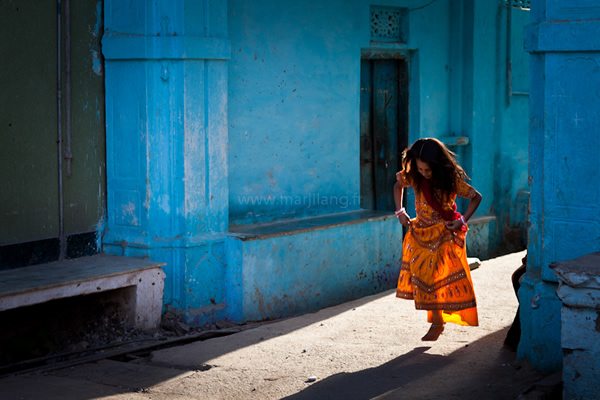
Arguably being one of the best Travel photographers of today, what inspires you to keep up this consistent habit of traveling & photography?
Travel is essential to me. Since I was a seven years old child it’s been my only dream, I have a burning desire to explore which came from books, documentaries and my father’s travels far away in the Pacific while he was young. These things built my world and the path to my own happiness through a traveler’s life. Nothing else would take so much importance in my life, and it didn’t change today: I am still that child. Things are quite simple and I want to keep that simplicity. Photography is a medium to express myself and it’s quite recent in my life. I think it could have been drawing, painting or writing in different circumstances.

How important is Culture & Tradition for any country. Since your pictures strongly reflects them?
Cultural aspects and traditions of a society are essential in my opinion, they reflect a country’s own identity. And, the beauty of a country resides in its difference with the rest of the world. In other words, I could say its resistance to standardization of the planet. India has a very particular and strong cultural identity or more precisely identities depending on regions. There is also a great sense of timelessness, what we also call the oceanic feeling. It is related to spirituality and religion, I am fascinated by these questions. Traditions also remind me of bad aspects that, on the other hand, I would like to see disappear, such as the female gendercide in India and China mostly, and their related causes and effects.
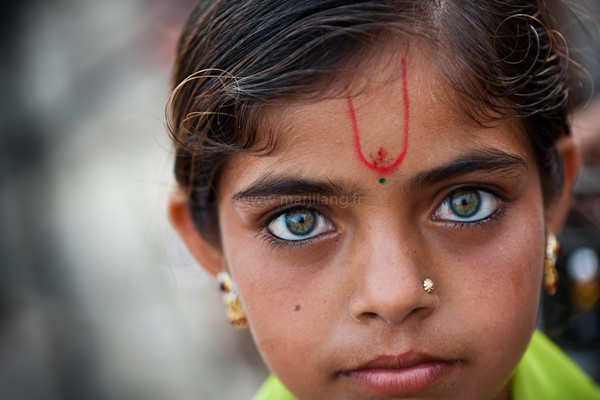
What does it take to make a good photograph?
The most important thing that a good photograph should contain is emotion, or a story to tell. A mood, an atmosphere combined to an interesting composition. A simple composition and story can be the most powerful, as can be a master’s painting. Even if composition follows rules, it also needs to have a soul.
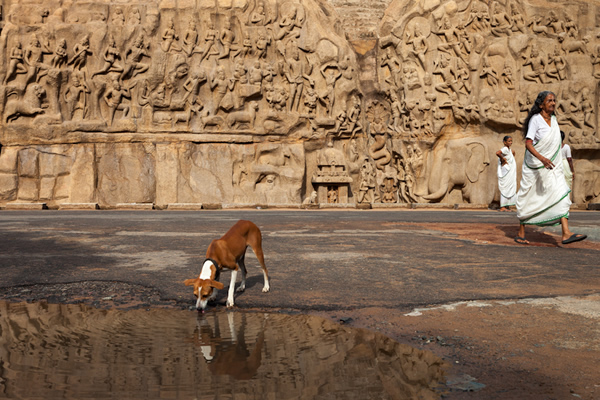
What does it feel like to be a Travel photographer, how does it take a beat on your personal Life?
I realize how lucky I am each time I travel, and that fills me up with an incredible joy and happiness. Photography became a full time passion and job because while I am away, I’m totally into the shooting process, all my senses in alert and chasing for unexpected moments. Then at home I’m submerged with all the images I took and the editing. It’s a never ending story, I still have difficulties with managing my workflow and I’m wondering if my work will ever be updated one day. I need time to be more objective about what I do, and lots of images pile up in the hard disk without being uploaded during couple of years. I’m not enthusiastic about editing but I have to deal with this part of the work too.
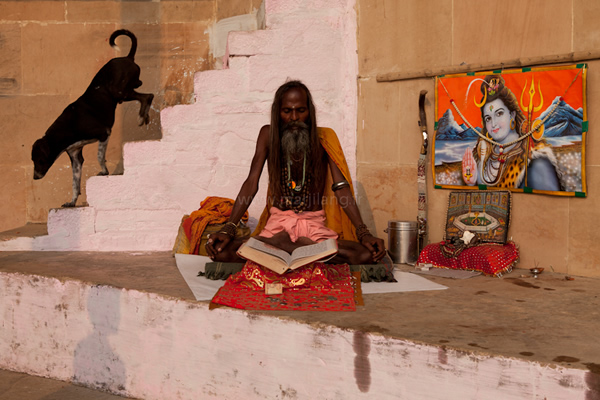
Few words on your future endeavours?
Probably going to India and keep working on series that I started about some specific subjects, such as the Kumh mela pilgrimage. And if I have some time, I would like to take more photos in Paris and France. I have some ideas and projects in mind, actually too many for a lifetime!
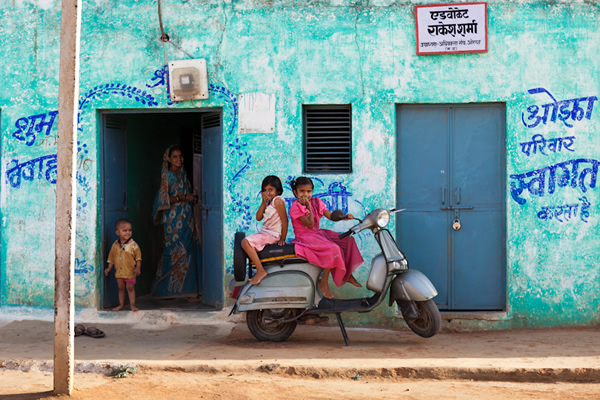
Your Gear?
I use a Canon 5D markII with 24-70mm lens while travelling. I’m very happy with that. It could be another brand or camera, I don’t give much importance to stuff. Recently I bought that new 40mm pancake lens from Canon and started to use it in Paris for street photography and some events too.
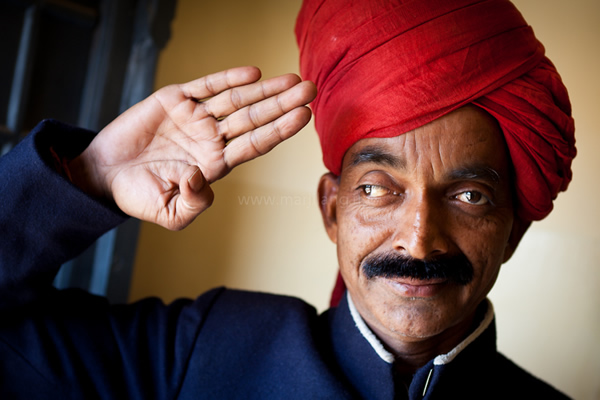
Any Secrets/Advice to aspiring Photographers?
Don’t get stuck with rules once you know them, don’t get stuck in a specific idea of what has to be your photography. Read photography books, get inspired in many ways including by paintings, by cinema, by music… Follow your instinct and try to build your own photographic identity, impose your own vision no matter what people say. I’m still working on that, it’s not easy but I know it’s definitely the way to go.
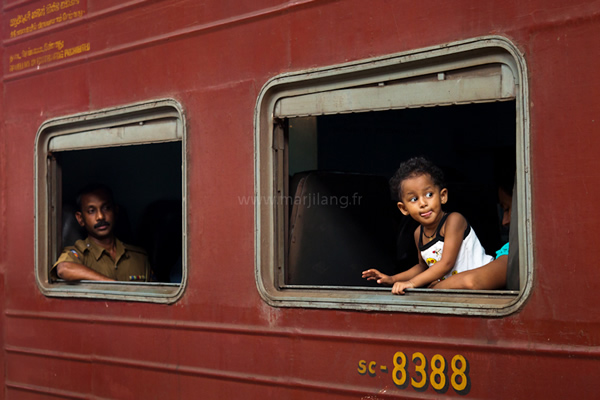
Quick Questions
- What is your idea of happiness?
Great moments shared with people i love - What is your greatest fear?
A standardized world, everywhere the same - What do you consider your greatest achievement?
I’m never fully satisfied with what I do - Where would you like to live?
Somewhere different each year of my life - What is your most marked characteristic?
Passionate - What do you most appreciate in your friends?
I can trust them and their sense of humor - Who are your heroes in real life?
Any people who follow their dream - What is your present state of mind?
I feel more than ready for a new journey - Who are your favorite authors?
Victor Hugo, Nicolas Bouvier, Kerouac… Eclectic tastes - What is your favorite motto?
That popular Hindi saying “Sab kuch milega”: everything is possible.
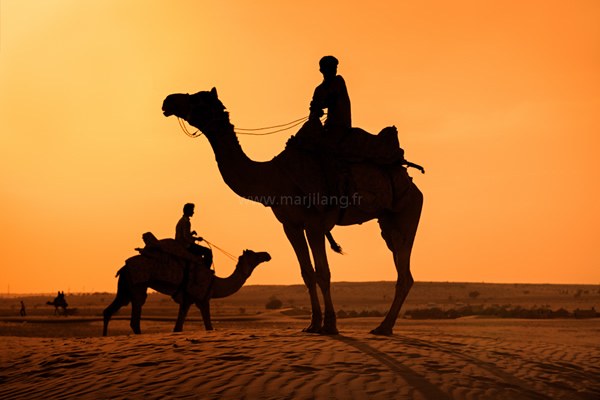
Thanks again for this Great Interview with 121clicks, any final thoughts for our readers?
You’re welcome. A simple thought: be yourself, follow your ideal and enjoy, life is too short.
You can find Marji Lang on the Web :
Copyrights:
All the pictures in this post are copyrighted to Marji Lang. Their reproduction, even in part, is forbidden without the explicit approval of the rightful owners.

